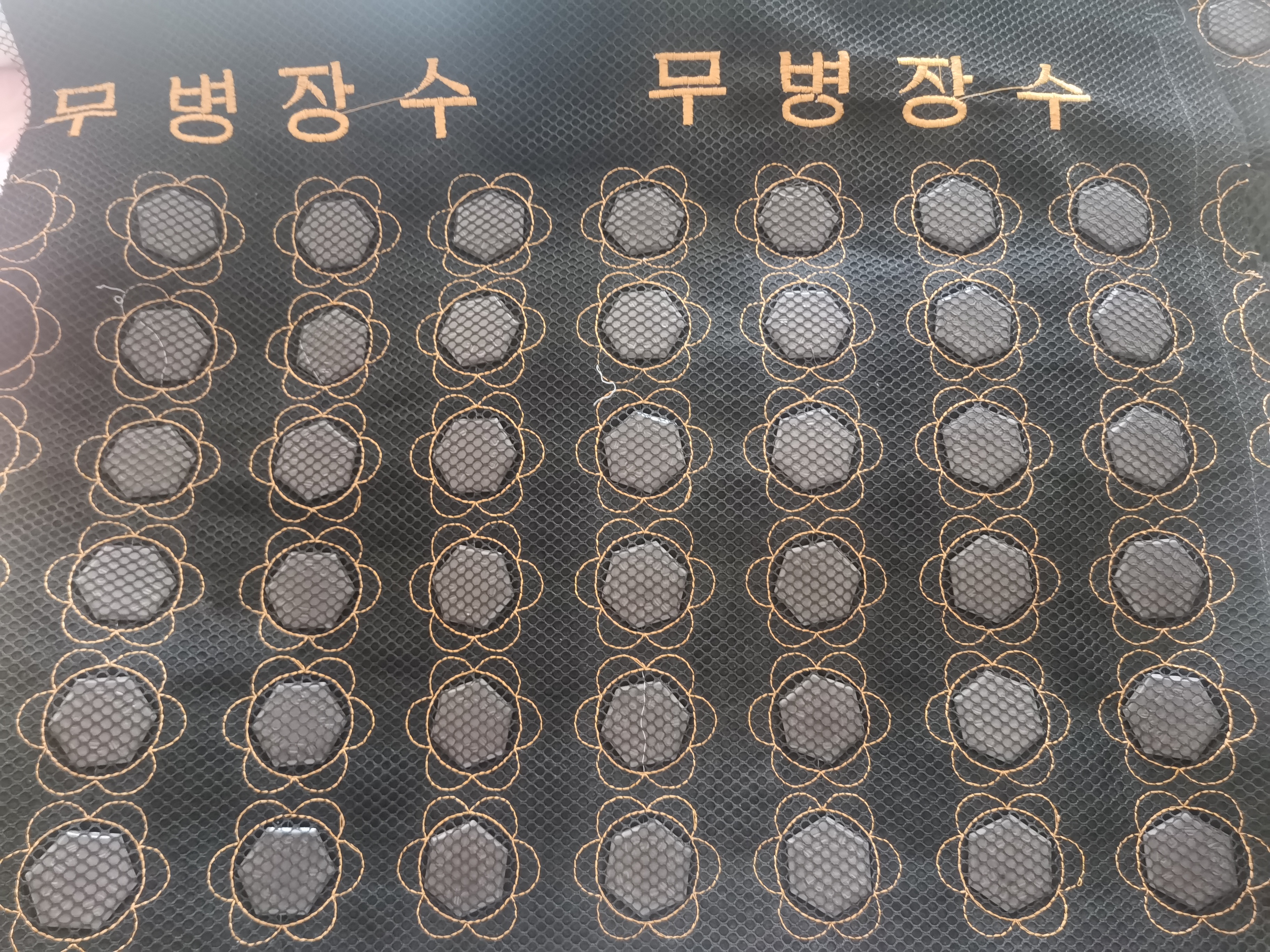
How can I choose insulation materials that effectively retain heat without promoting mold growth?
In today's world, where energy efficiency and indoor environmental quality are of utmost importance, choosing the right insulation material is crucial. Insulation plays a vital role in reducing heat transfer and lowering energy consumption. However, not all insulation materials are created equal. Some may retain heat effectively but unfortunately promote mold growth, which can have detrimental effects on both the structure of a building and the health of its occupants.
To select insulation materials that effectively retain heat without promoting mold growth, several factors need to be considered. Firstly, look for materials with a high R-value. The R-value is a measure of an insulation material's ability to resist heat flow. Materials with a higher R-value will provide better insulation and help keep your home warm in winter and cool in summer. Examples of insulation materials with high R-values include fiberglass, cellulose, and spray foam.
Secondly, pay attention to the moisture resistance of the insulation material. Mold thrives in damp environments, so choosing an insulation material that is resistant to moisture can help prevent mold growth. Fiberglass insulation, for instance, is treated with a water repellent to enhance its moisture resistance. Cellulose insulation is often made from recycled paper and can be treated with borates to resist mold and pests. Spray foam insulation forms a seamless barrier that can help prevent moisture infiltration.
Another important consideration is the installation process. Proper installation is essential to ensure the effectiveness of the insulation and to prevent moisture from entering. Make sure that the insulation is installed by a professional who follows the manufacturer's instructions and takes appropriate measures to seal any gaps or cracks. This will help prevent air and moisture leakage, which can lead to mold growth.
In addition to these factors, consider the environmental impact of the insulation material. Look for insulation materials that are made from sustainable resources and have a low environmental footprint. Some insulation materials, such as sheep's wool and recycled cotton, are natural and biodegradable, making them a more environmentally friendly choice.

